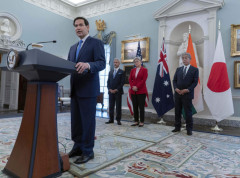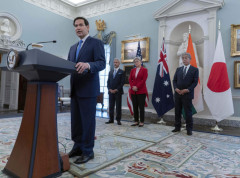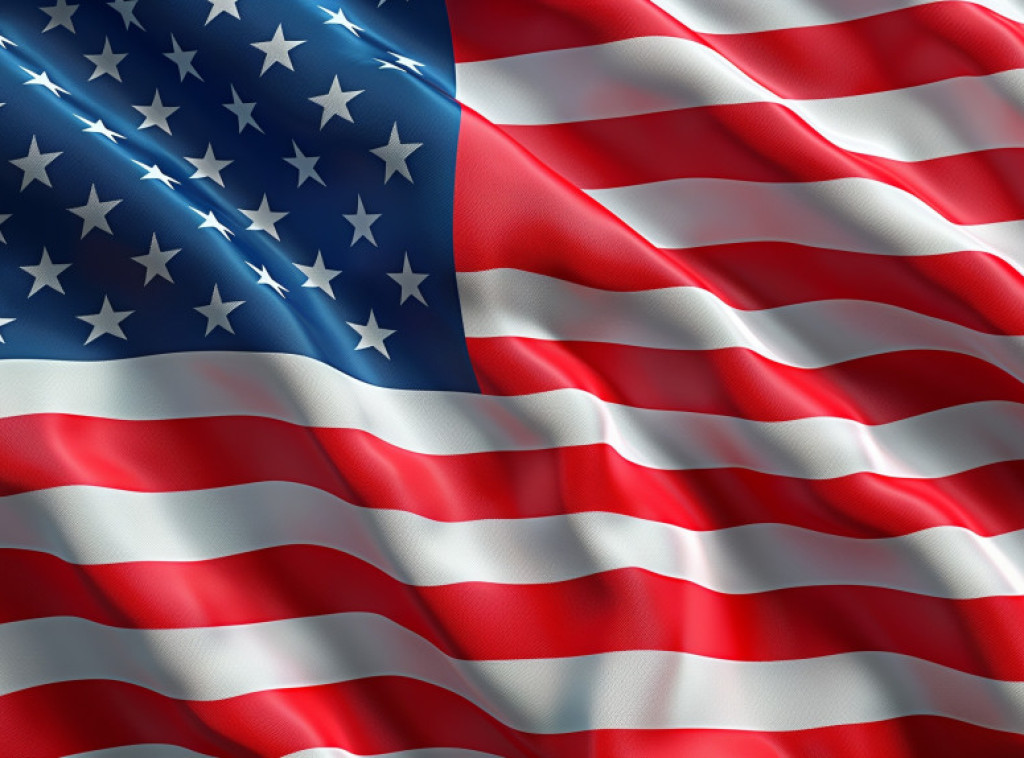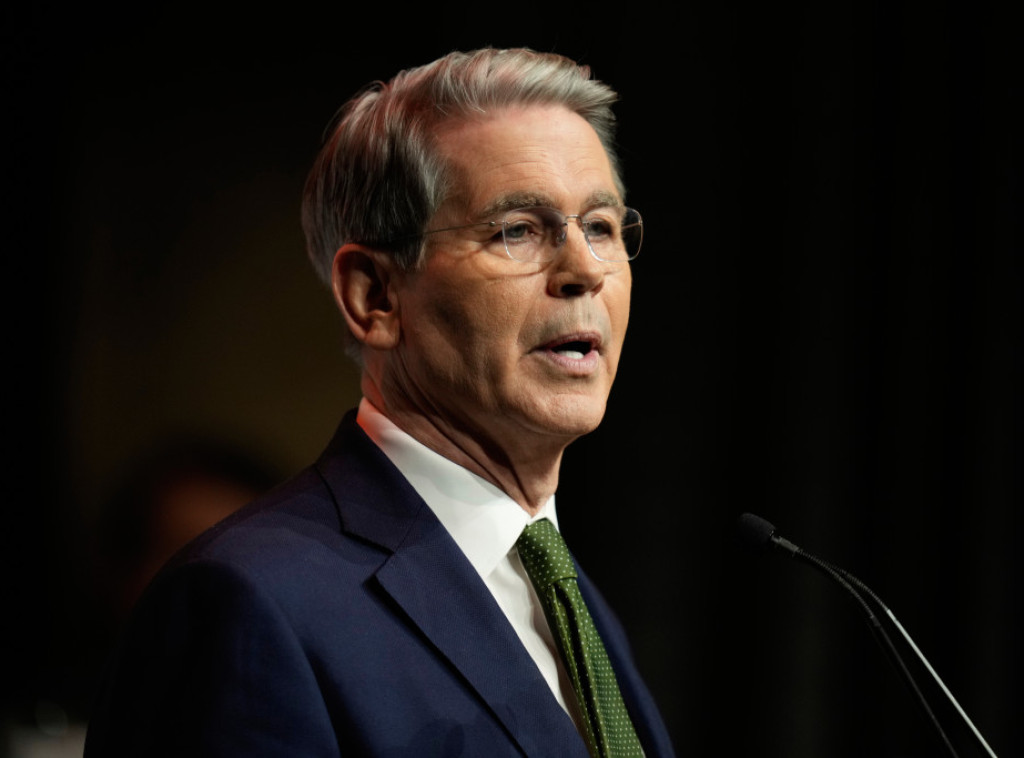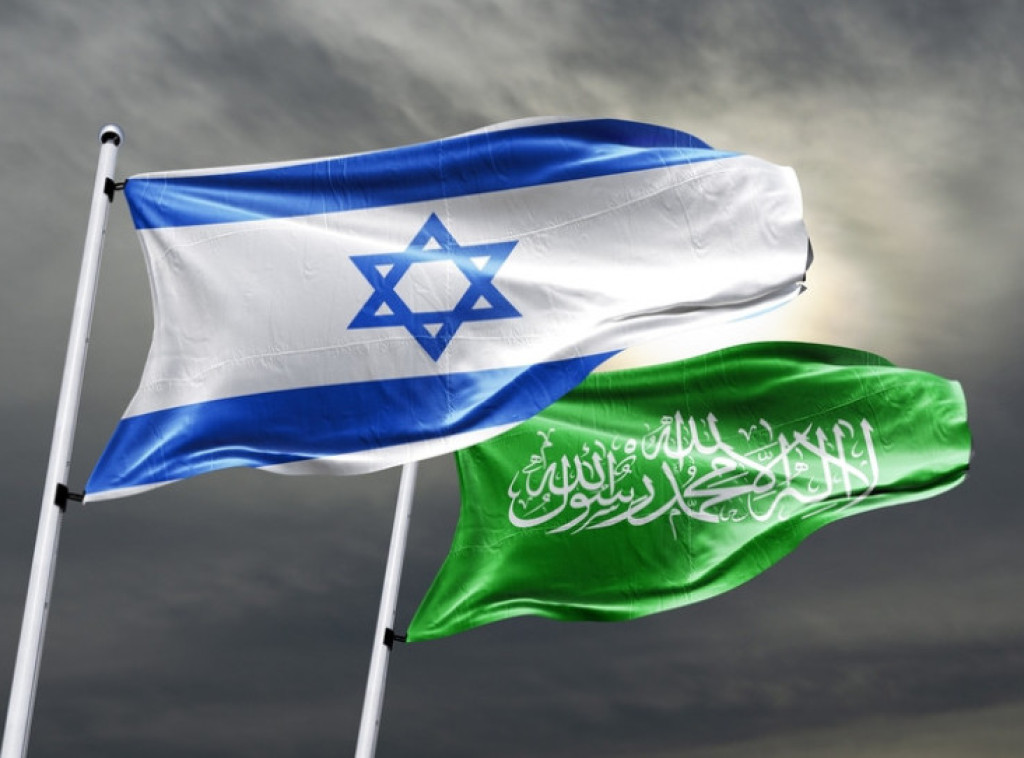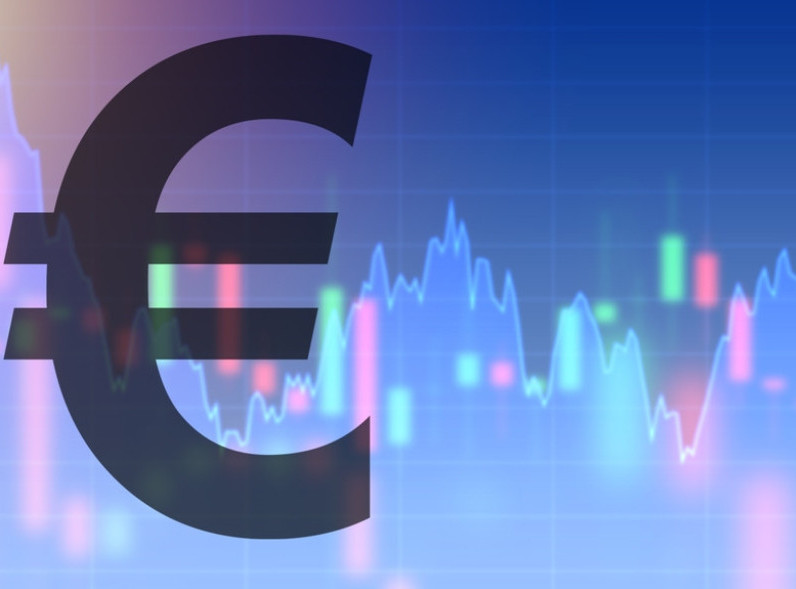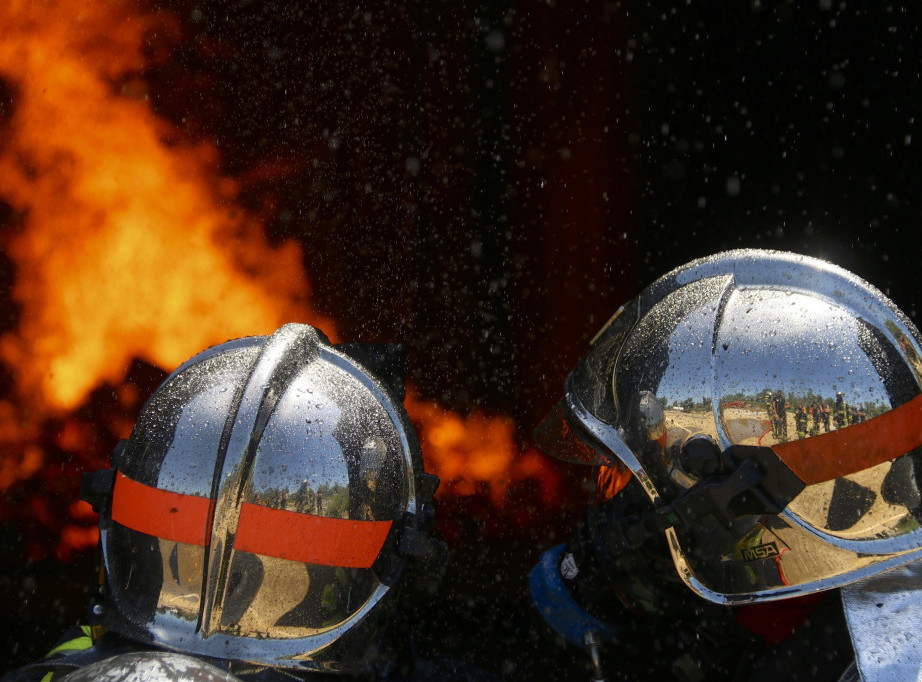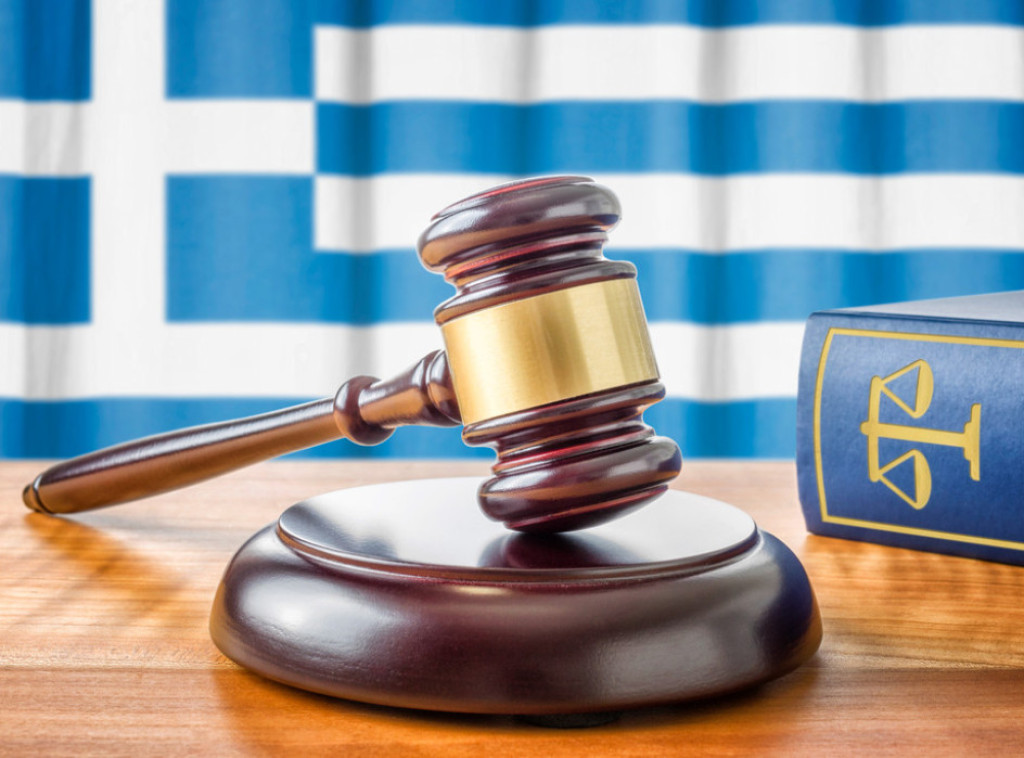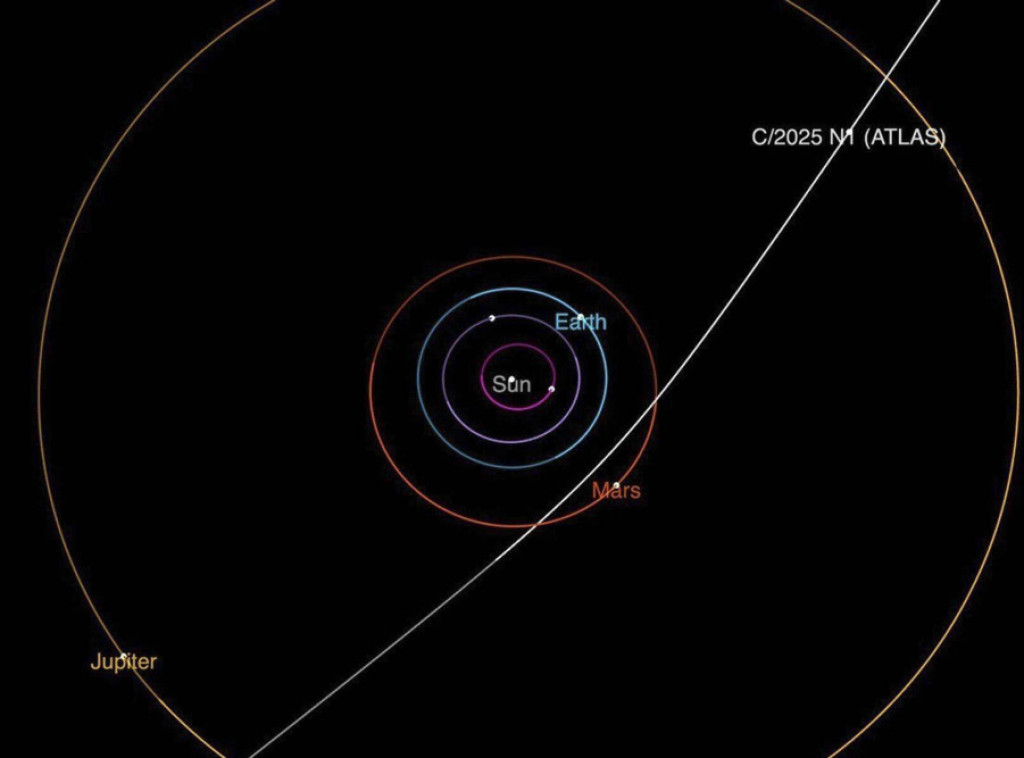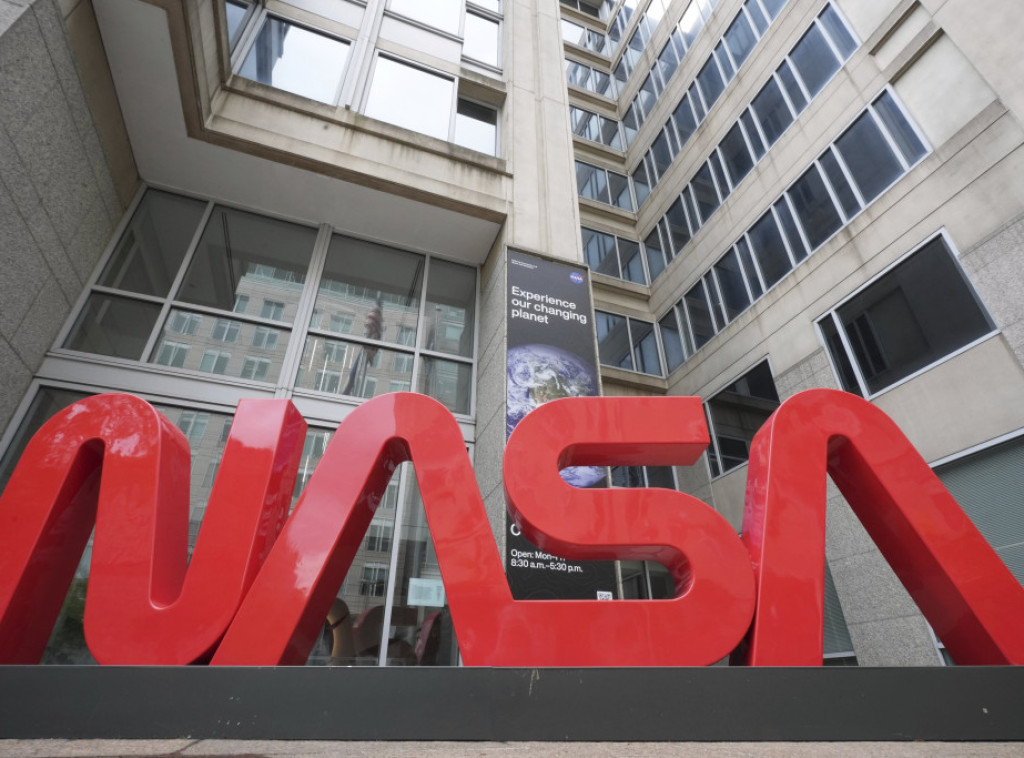Welcome to the latest episode of the geopolitical soap opera called “The Quad vs. China”! US Secretary of State Marco Rubio didn’t miss the chance to highlight at the meeting of four powerful countries – the US, Australia, India, and Japan, known as the Quad – just how dangerous China is and why it’s time to unite and push back against its rising power. But hold on, it’s not that simple! While everyone pretends to be in perfect harmony, trade tensions and disagreements are still lurking behind the scenes.
First, let’s clarify who the main players are: the US, Australia, India, and Japan. Together, they’re trying to control the Indo-Pacific region, now the main battleground for global dominance. Rubio stressed at the meeting that it’s time for “action” – and not just any action, but concrete steps to boost maritime security, defend sovereignty, and build more resilient supply chains, because, of course, China currently dominates critical raw materials and technology sectors.
But is this alliance really solid? Not quite. Trade disputes still exist. Remember, former President Donald Trump launched a global tariff offensive that hit all Quad members. Japan even postponed its annual meeting with the US over demands to increase defense spending. Australia, under pressure from US official Elbridge Colby, started reviewing its AUKUS project, which involves delivering nuclear submarines, sparking more tensions.
India, meanwhile, didn’t back Trump’s claims about breaking off trade talks with Pakistan, even though relations between the two remain tense over the disputed Kashmir region. Despite all this, Rubio praised the Quad’s diplomatic engagement and emphasized that now is the time for joint action.
The Quad meeting isn’t just another diplomatic gathering – it’s a chance to refocus attention on the Indo-Pacific region, which the US sees as key to its future. State Department spokeswoman Tami Brice said the Quad will reaffirm its commitment to a “free and open Indo-Pacific,” strengthening maritime security and building more resilient supply chains.
In short, while everyone acts united against China, real battles are raging behind the scenes – trade, diplomatic, and strategic. Will the Quad really stop China’s rise, or will it crumble under its own disagreements? Only time will tell. But one thing’s for sure – this geopolitical soap opera is far from over, and we’ll be watching it with popcorn in hand.
So, what do you think? Who’s the main player in this power game? Is the Quad just another paper alliance or a real barrier to China? Drop a comment, crack a joke, or just enjoy the geopolitical rollercoaster!







